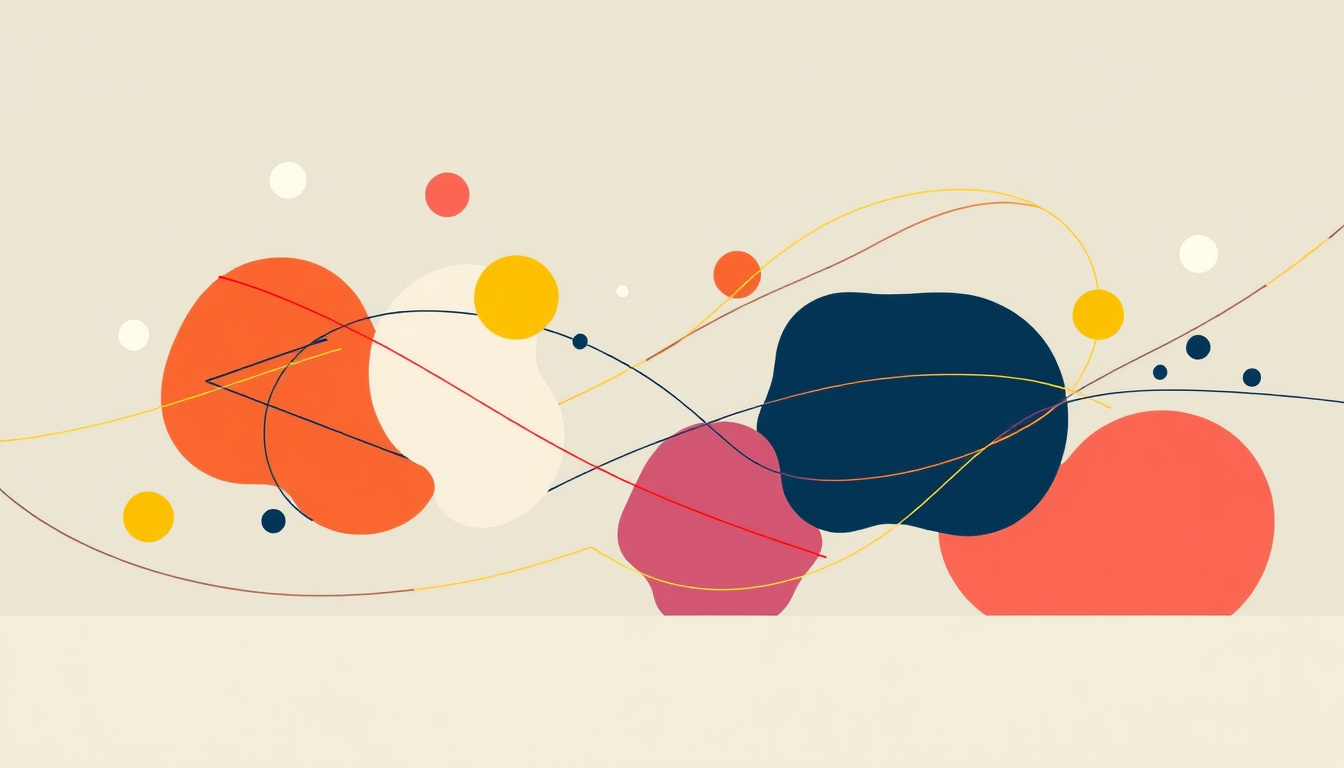Interference, in its various forms, profoundly influences both the physical world and human decision-making processes. Whether it manifests through the superposition of waves in physics or the subtler variations of thought and perception, understanding interference is essential to navigating the complexities of life.

Understanding Interference in Physics
At its core, interference describes the phenomenon that occurs when two or more waves converge, leading to a superposition that alters their amplitudes. This idea is foundational in physics, particularly in the study of wave behavior, where it can be categorized into two types: constructive and destructive interference.
Constructive and Destructive Interference
-
Constructive Interference occurs when waves are in phase, meaning their crests and troughs align, resulting in an amplified wave. Imagine dropping two stones into a pond: the resulting waves converge and create larger waves at points where they meet, leading to vibrant ripple patterns.
-
Destructive Interference, conversely, happens when waves are out of phase, canceling each other out when a crest meets a trough. The resultant wave is diminished or potentially neutralized altogether. This principle is observable in various contexts, from the fading sound of overlapping musical notes to the quieting effect of noise-canceling headphones.
The scientific principles of wave interference not only elucidate distinct physical phenomena such as light patterns and sound waves but also have implications in technology, arts, and everyday experiences.
The Role of Interference Beyond Physics
Outside the realm of physics, interference takes on metaphorical meanings, particularly concerning human interaction and decision-making. Just as waves can amplify or nullify each other’s effects, various factors can enhance or diminish our choices.
Cognitive Interference
In psychology, "cognitive interference" refers to the phenomena where competing thoughts or distractions hinder decision-making efficiency. This can manifest during crucial moments, such as testing scenarios or high-stakes presentations, where extraneous thoughts disrupt focus. Techniques to manage cognitive interference exist, such as mindfulness training and cognitive-behavioral strategies, which help individuals maintain clarity and directed thought.
Social and Environmental Interference
Social dynamics often create interference situations in decision-making contexts. For instance, group think can result from shared beliefs that overshadow individual perspectives, leading to a convergence on suboptimal choices. Conversely, diverse viewpoints in discussions can serve as constructive interference, enriching the decision-making process and enhancing creativity.
Environmental factors, including noise pollution or visual distractions, can also serve as interference modalities that shape individual choices. This reflects the essence of interference beyond scientific realms; it is experienced in social, emotional, and cognitive landscapes.
Practical Applications of Interference
Understanding interference, both in waves and decision-making contexts, leads to practical applications:
-
In Technology: Engineers harness wave interference in designing devices such as noise-canceling headphones and optical instruments. Understanding how waves interact allows for improved devices that enhance user experience.
-
In Psychology: Awareness of cognitive interference lays the groundwork for personal development programs that enhance focus and clarity, improving performance in academic and professional settings.
-
In Social Settings: Facilitating environments that embrace diverse opinions can leverage constructive interference in group settings, optimizing group decision-making and creativity.
Conclusion
Interference is a multifaceted concept that permeates both the physical sciences and the intricacies of human behavior. Whether through the tangible effects experienced in wave patterns or the metaphorical instances encountered in our daily lives, this phenomenon highlights the interconnectedness of various domains. As we navigate decision-making processes, recognizing the potential for interference—both enhancing and inhibiting—can foster better understanding and guide more effective choices in various aspects of life.



